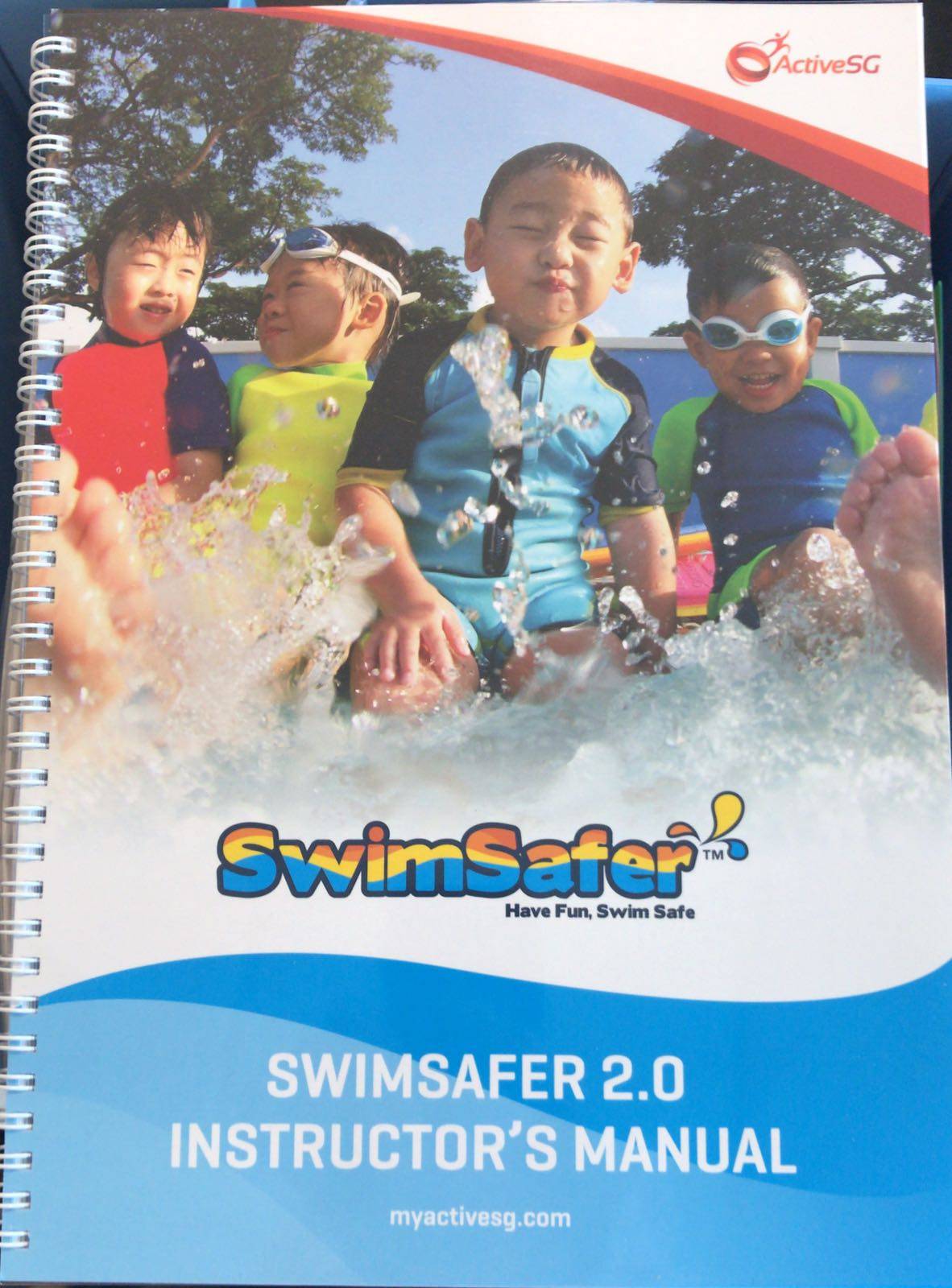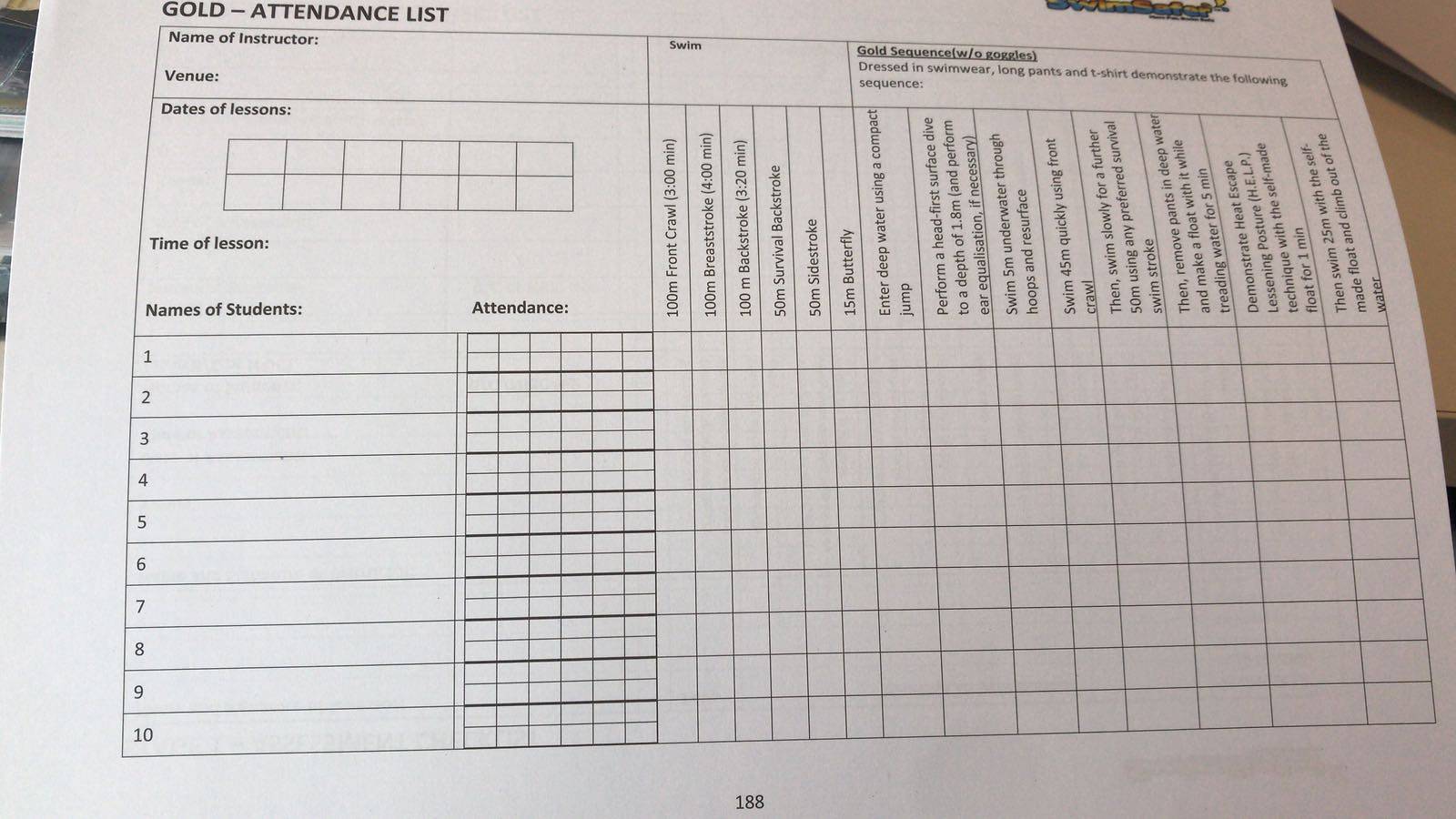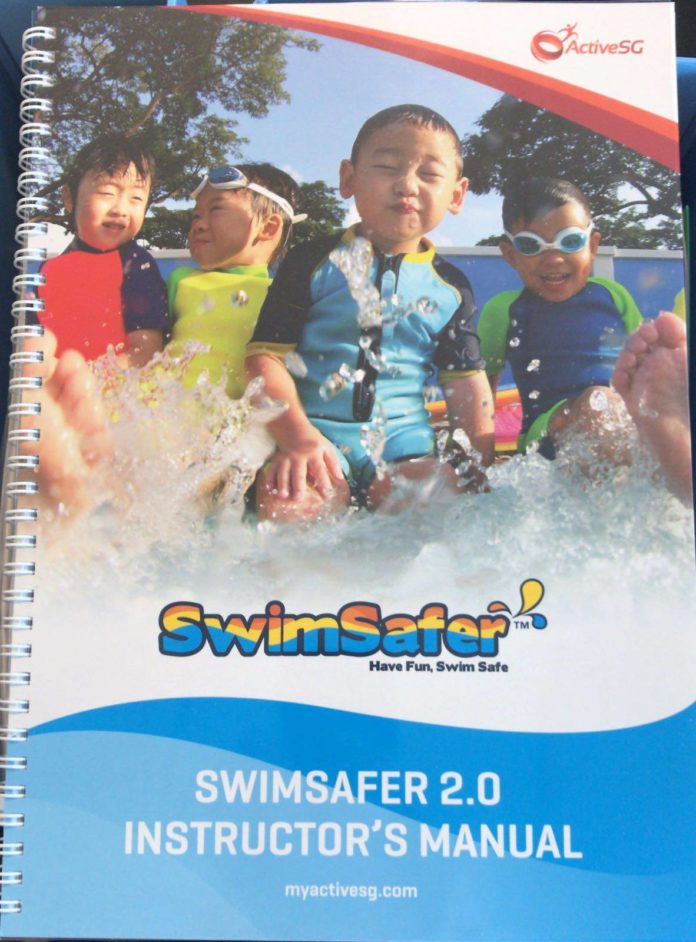SINGAPORE: Singapore’s national water safety programme needs a “major revamp” to fit into the Ministry of Education’s (MOE) school curriculum and enrichment programmes to achieve better outcomes in swimming survival.
The former chair of the now disbanded National Water Safety Council Dr Teo Ho Pin said this, even after recent changes to the SwimSafer programme, which Sport Singapore (SportSG) said would provide participants with “a more rigorous water survival and swimming competency programme”.
Dr Teo, who is also Mayor of NorthWest Community Development Council, also called for a national body to spearhead the programme.
In February, SportSG announced SwimSafer 2.0, following a review it undertook with the Education Ministry. SportSG said all MOE primary schools currently offer SwimSafer to their students as part of Physical Education (PE) lessons, and will adopt the enhanced programme.
Those who participate in the programme through private instructors will also be affected. Among the changes, SportSG confirmed that students will no longer no be able to use goggles during the the survival skills assessment.
It said this is to ensure they are exposed to more realistic training should they be “caught in an adverse water condition outside of a swimming pool environment”.
“What SwimSafer 2.0 has done is simply identify a few skill sets and put them into a ‘circuit training’,” Dr Teo said.
“Water safety and survival skills competency can be further enhanced to reduce drowning risks, especially among youths.”
PROGRAMME TO RETAIN STAGES
SportSG said the enhanced programme will retain the current six-stage syllabus, in which students meet increasingly challenging learning outcomes.
After stage 1 for example, they should be able to swim forward 10 metres and backwards 5 metres. At the Gold stage, they should be able to swim 400m continuously, using methods such as front crawl and backstroke.
There is also an optional open water module that students can opt to do after completing stage 3.
SportSg told Channel NewsAsia that participants will spend more time “mastering their basic swimming competencies and water survival techniques”.
But students will no longer have to perform “in-water rescue”, which SportSg said may not be age appropriate. Channel NewsAsia understands this was previously assessed from Stage 3 onwards of the programme. At Stage 3, participants are required to perform a “reach rescue” – pulling a partner to safety.

The SwimSafer instructor’s manual.
But they will still be assessed on personal survivability.
Indeed, swim coaches Channel NewsAsia spoke to agreed with the decision to remove this component. Danny Ong from AquaFins said the safe rescue component had become a concern among coaches and that some participants were too young to be able to execute some of the requirements.
Instead, Mr Ong, who said he was among those involved in the review of the water safety component of the programme, said the practical part of water safety now involves throwing a personal flotation device into the water.
“What we need to do is get them to understand the dangers behind it, and not just rushing into action when someone is in trouble,” Mr Ong said.
“In fact, if you look at life saving programmes across the globe, they have even as young as preschooler life saver programme but very different in the sense, they will ask them, if someone gets into trouble, what do you do? Do you jump in? No, you get an adult to help.”
SportSG said there will also be an online quiz implemented in SwimSafer 2.0, “to equip participants to assess risks better and make informed choices and exercise caution before swimming”.
“This will help participants consolidate their knowledge of water safety, including a better understanding of the differences between swimming in a pool and in other water conditions. Upon completion of the online quiz and practical assessment, participants will receive an electronic certificate,” SportSG said in its media release.
NO USE OF GOGGLES FOR SURVIVAL COMPONENT UNLESS MEDICALLY EXEMPTED
Mr Ong also welcomed the move to disallow goggles when being assessed for the survival component at the various stages. According to the instructor’s manual seen by Channel NewsAsia, participants will need to submerge their heads underwater, open their eyes, blow bubbles and identify objects on the pool floor, all without wearing goggles. They will also need to swim 10m without goggles.
“When you talk about survival skills, when it happens out of the norm, and technically, it may not happen in a swimming pool,” Mr Ong said.
“If that happens, he or she will not have goggles when the incident occurs. So we need to get them experienced with their eyes submerged in the water, and after they get out, what must they do. If the child is conditioned in that environment, automatically when an emergency happens, the panic attack will not come in. He will be more rational to conquer that emergency.”
Mr Ong said exemptions will be made for students with medical conditions that require them to wear protective goggles when swimming.

The checklist for gold in the manual.
Another swim coach who attended a SwimSafer refresher course earlier this year said the coaches were informed of the changes. They were also told that students vying for the silver and gold certificates will now need to be timed for their assessment.
“This is good because it enables kids to swim the stroke more efficiently,” Shawn Chua of Able Aquatic School said.
“In the past, this was not the case so they could take their own sweet time to complete the test. So it did not really require them to be good at the stroke and still pass the test.”
Mr Chua said coaches were informed that SportSG will take over administrative matters relating to the SwimSafer programme, such as bookings and payments, from the Singapore Life Saving Society. These services have also been made more efficient through the use of an app.
MOST STUDENTS DO NOT GO BEYOND STAGE 1; STILL AT RISK: DR TEO
The review came some seven years after the SwimSafer programme was implemented in 2010. It replaced both the Learn-To-Swim Programme (LTSP) and the National Survival Swimming Award (NASSA).
The programme was designed by the National Water Safety Council, a body of experts comprising stakeholders from the Home Team, the Naval Diving Unit, and the Singapore Life Saving Society.
“We designed it in such a way that you have to reach minimum (stages of) 1, 2, 3 and (attain the) open water certification to enjoy water sports like canoeing (safely),” Dr Teo said.
But Dr Teo, who is an accomplished swimmer and has a life-saving instructor certification, said the problem is that “everyone finishes (up to) stage 1 and calls it a day”.
File photo of Dr Teo Ho Pin speaking in Parliament.
According to SportSG, some 68,000 participants went through the SwimSafer programme last year. MOE and SportSG did not respond to questions on the breakdown of how many are students from primary schools and how many were those who had registered directly with private instructors.
In a statement, the ministry said about 70 per cent of students enrolled in the programme for the past three years are in stage 1. It said between 60 and 65 per cent passed their respective stages each year.
It is also unclear if they continued on to Stages 2 and 3, although MOE said the programme is co-funded together with the Ministry of Culture, Community and Youth (MCCY) for one cohort per school. It said this funding can be used for any of the swimming stages.
MOE said students can enrol in any stage based on their skills and abilities.
“Those with experience in swimming may begin the programme at a higher stage,” it said.
Mr Ong confirmed that students are assessed at the start of the 12-session programme, and based on their swimming abilities, are split into different stages.
This would mean the majority of students who undertake this programme would need to enrol in classes outside of school time to pursue the higher stages.
It is also unclear how many continue to learn beyond Stage 1. Dr Teo said a student who only finished Stage 1 is not equipped with enough survival or swimming skills to stay safe in the event of falling into the water.
“I set the standards that as minimum, you must be able to swim 15 metres and at the minimum, you must be able to survive 15 minutes in the water,” Dr Teo said of the Council’s intentions when it developed the programme in 2010.
“But at Level 1, you can only swim about 10 metres. It’s definitely inadequate. Because we planned a different tier- hoping schools would drive it to a certain level. We wanted them to do (a minimum of) 1,2,3 as well as the open water module.”
“So we are not achieving the outcomes we would like to achieve,” Dr Teo said.
Dr Teo said he understood the challenges faced by schools, with students already pulled in many different directions through an intense curriculum.
“But If you feel that this is something that every single child should have for a lifetime so that this child or adult will not drown one day, then I think you should invest in this programme.”
DO MORE FOR OPEN WATER SAFETY
When it was implemented in 2010, SwimSafer came amidst reports that more than 65 per cent of drowning incidents in Singapore between 2005 and 2008 occured in seas, rivers and reservoirs.
Last year, after a 12-yr-old drowned in the waters off East Coast Park, Deputy Prime Minister Tharman Shanmugaratnam said authorities needed to do more to equip children with open water swimming skills.
Children playing along East Coast Park. (Photo: Edric Sng)
It is unclear if changes have been made to the optional open water module in the programme. The new instructor’s manual sets out an outline for trainers, in which the theory component takes up five and a half hours, while the practical component takes up three and a half hours.
Mr Ong said under the enhanced programme, students will be asked more questions on open water safety.
“I did share with SportSG and MOE that sometimes we don’t need to bring out kids to the sea to learn open water concepts,” he said.
“We introduced fun play at the swimming pool, creating waves with the coaches, where coaches form two groups, and one group uses the kickboard to create waves and other group swims across.
“It can be a game but it brings across the concept on ‘how (do I) swim through big waves, how do I cope with it without goggles’ and so on.”
HAVE A NATIONAL BODY SPEARHEAD WATER SURVIVAL PROGRAMME
Dr Teo said the review has been timely, but suggested that more could be done.
SportSG said the committee that undertook the review consisted of members from MOE, the Singapore Life Saving Society, SwimSafer Trainers and the National Youth Sports Institute.
File photo of the Singapore Sports Hub. (Photo: TODAY/Wee Teck Hian)
But Dr Teo said having a national council overseeing the programme would allow for a better focus on water safety and drowning prevention.
“Our so called interest is, I throw you in the water, if you can swim whatever stroke, as long as you can swim 15m, whatever stroke, you can do dog stroke, cat stroke, I don’t care,” Dr Teo said.
“As long as you can swim to safety. Or you can float for a certain amount of time, we know you can survive in water. So our outcomes are different.
“Whereas from the Sport Singapore perspective, they may look at stroke for efficiency, the power and so on.”
He said a more structured approach for for the programme is needed.
“The present Swimsafer program needs a major revamp into a modular system for example, to fit into the school’s curriculum and enrichment programs so that more effective outcomes can be achieved with students having good water safety knowledge,” Dr Teo said.
“This especially in open water situations and competent swimming survival skills of staying afloat for at least 15 mins and swimming 15 metres.”
Additional reporting by Aqil Haziq Mahmud.





